Archeologists Uncover an Ancient Temple Filled With Riches
On the beautiful Greek island of Evia, archeologists have discovered an amazing 2,700-year-old temple full of treasures from ancient life.
The newly found temple sits directly next to the Temple of Amarysia Artemis and has an incredible amount of pottery, gold, silver, and bronze within its intricate structure.
The Temples of Ancient Greece
Of all modern-day countries on Earth, Greece certainly holds more ancient temples than most. In ancient Greece, these temples were used to worship their gods, but they were also an integral part of community culture.
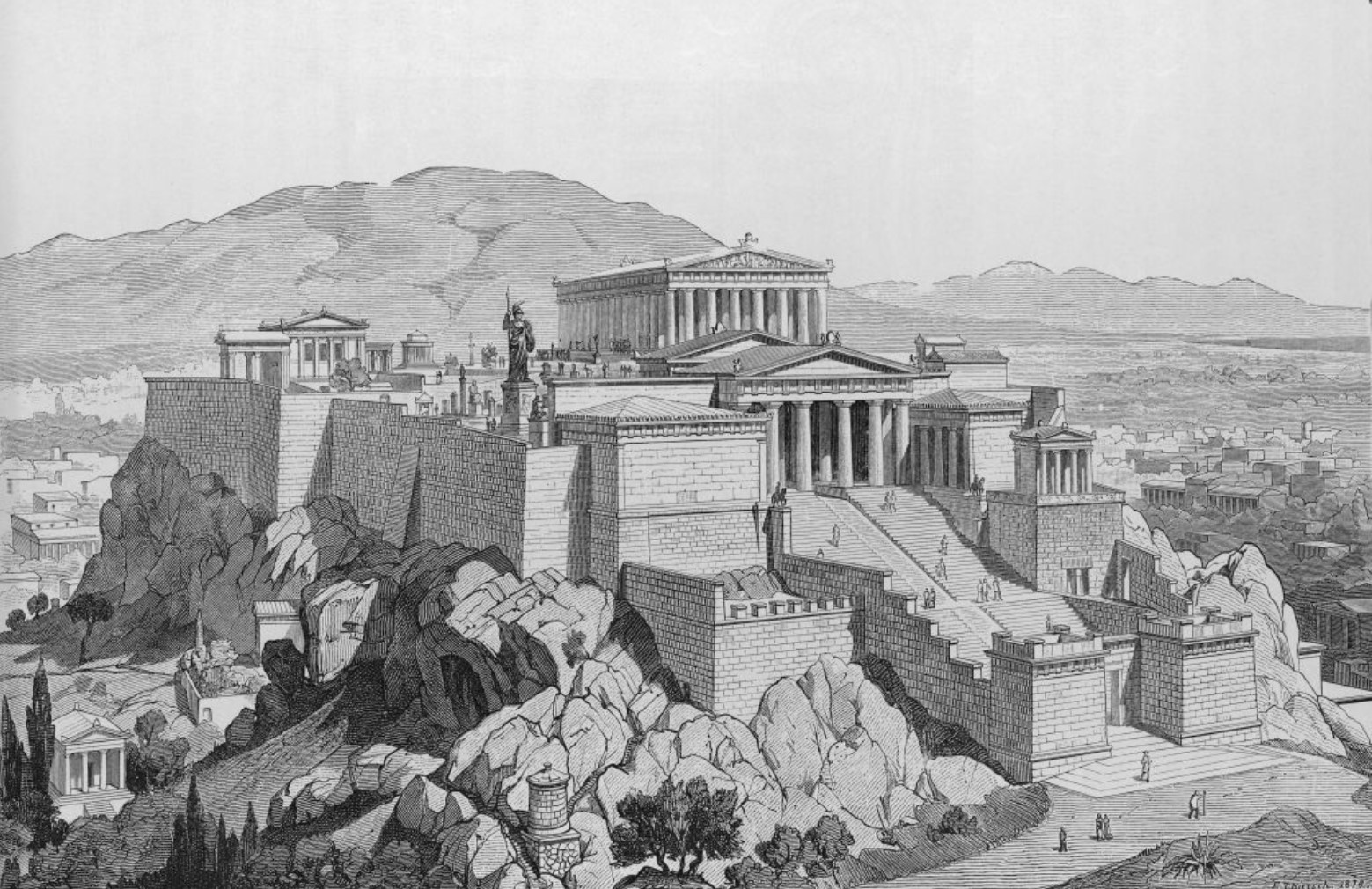
Source: Kean Collection/Getty Images
And as places for both gathering and worship, temples are one of the best ways for archeologists and historians to understand what life was like thousands of years ago.
The Temple of Amarysia Artemis
For decades, historians knew that the Temple of Amarysia Artemis existed thanks to ancient texts describing the structure, but they couldn’t find it.
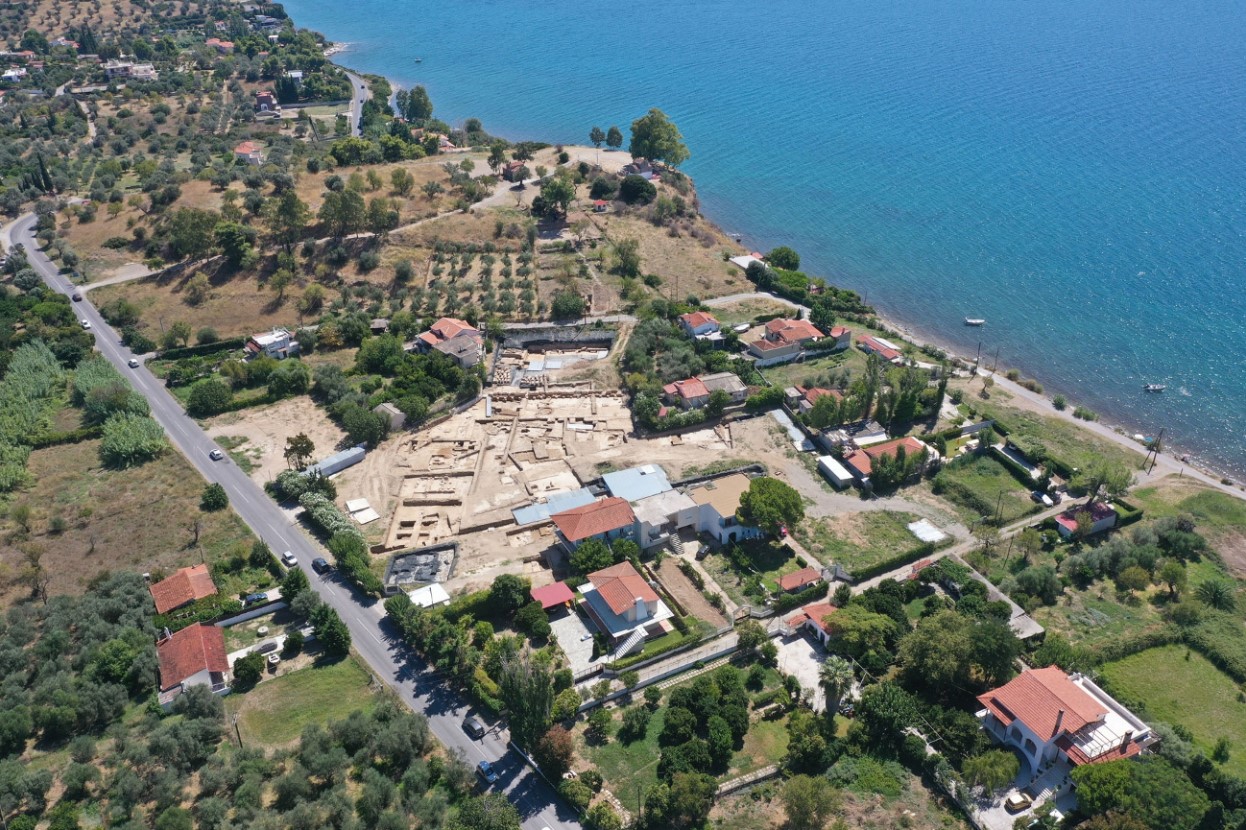
Source: Archaeology Wiki
Fortunately, in 2007, they were finally able to excavate the temple at the base of a hill near the town of Amarynthos on the island of Evia. It was only 10 kilometers from where they had been searching.
The Rich History of Amarynthos
The town of Amarynthos, where the temple was found, has an amazingly rich history. Archaeologists have long argued that the area where it now sits has been occupied by humans since 3000 BCE.
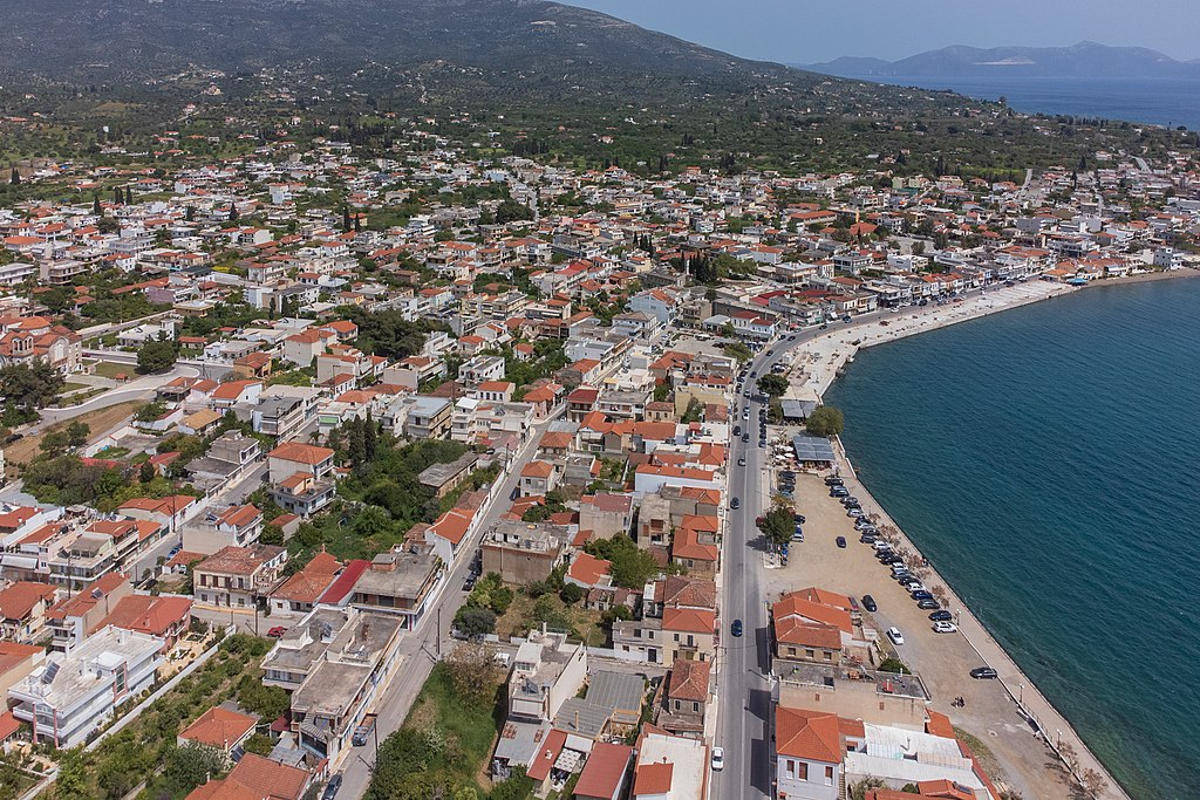
Source: Wikipedia
Throughout the past 5,000 years, this now-small town was, more often than not, a large port for trade in the Mediterranean. The area has experienced a wide variety of rulers from the Macedonians to the Romans, the Byzantines, the Venetians, the Ottoman Turks, and finally, the Greeks again.
Historians Believe the Temple of Amarysia Artemis Dates Back to the 6th Century
When excavating the now-famous Temple of Amarysia Artemis, archaeologists discovered that parts of the temple had been built as early as the 6th century BCE.
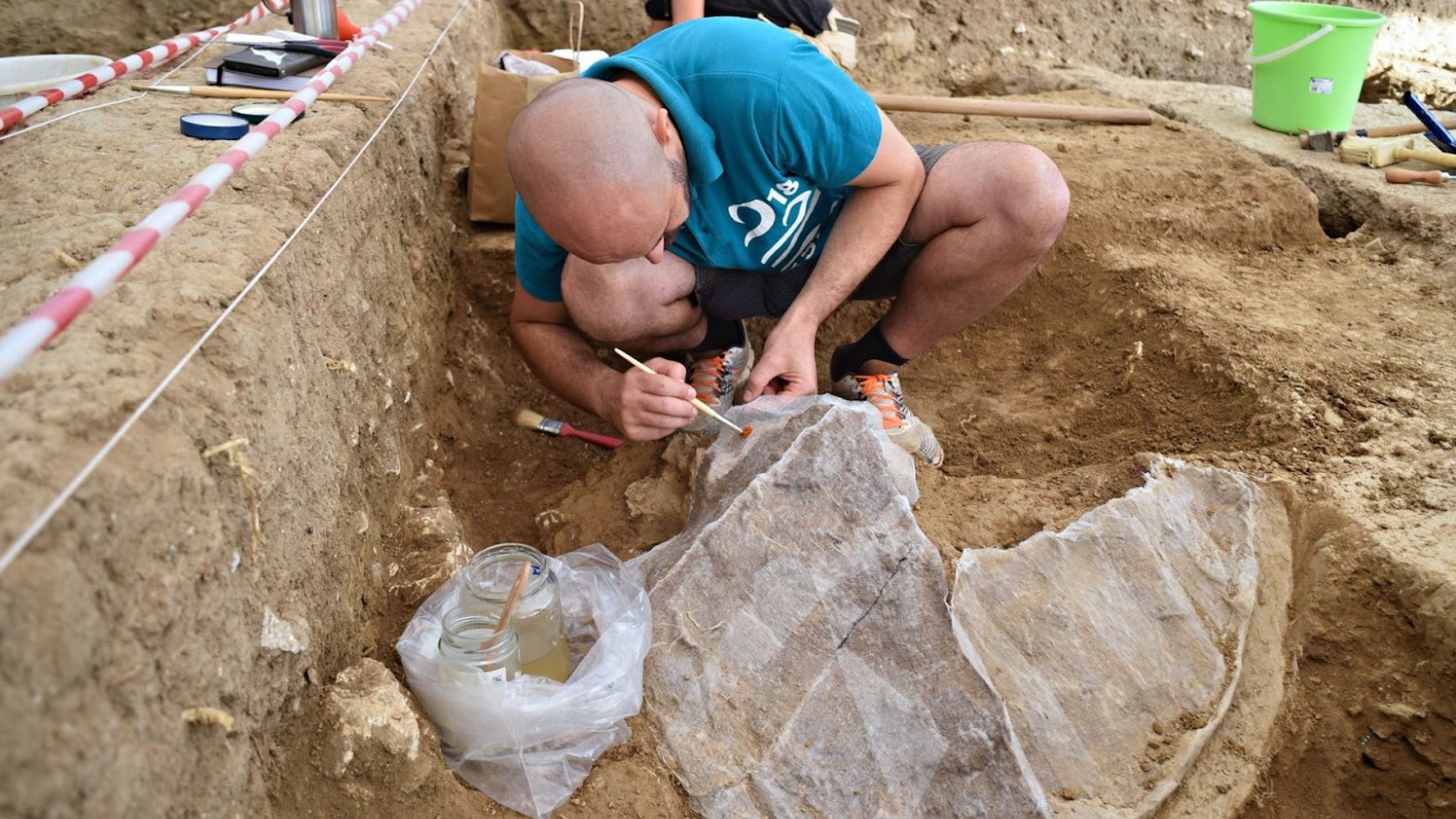
Source: ESAG
And thanks to ancient texts, they know that the temple was still in use during the 3rd century CE, which means that this beloved structure was used for more than 700 years.
The Temple of Artemis Was Likely an Important Monument for Ancient Greeks
Artemis was the Greek goddess of the hunt, nature, wilderness, and children in ancient mythology.
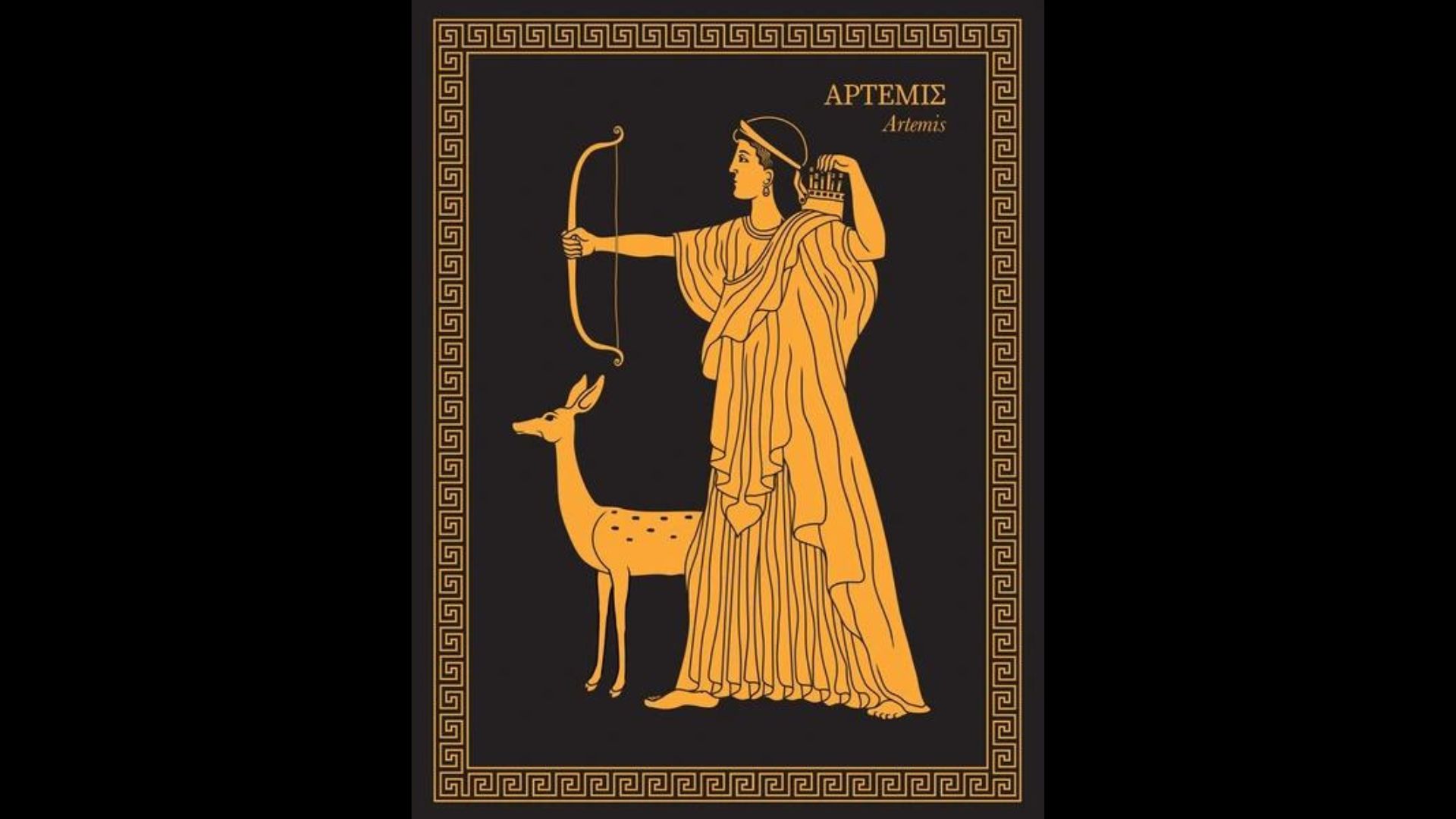
Source: Shutterstock
But while there are several temples dedicated to the beloved goddess throughout what was once the ancient kingdom, the temple on the island of Evia is considered to be exceptionally special. Many argue that it was the foremost center of her followers throughout Northern Greece.
People Would Walk a Pilgrimage to the Temple Every Year
There is also evidence to support the theory that those who respected and wanted to pay homage to Artemis would walk from wherever they lived (then take a boat) to the island of Evia and this temple every year.
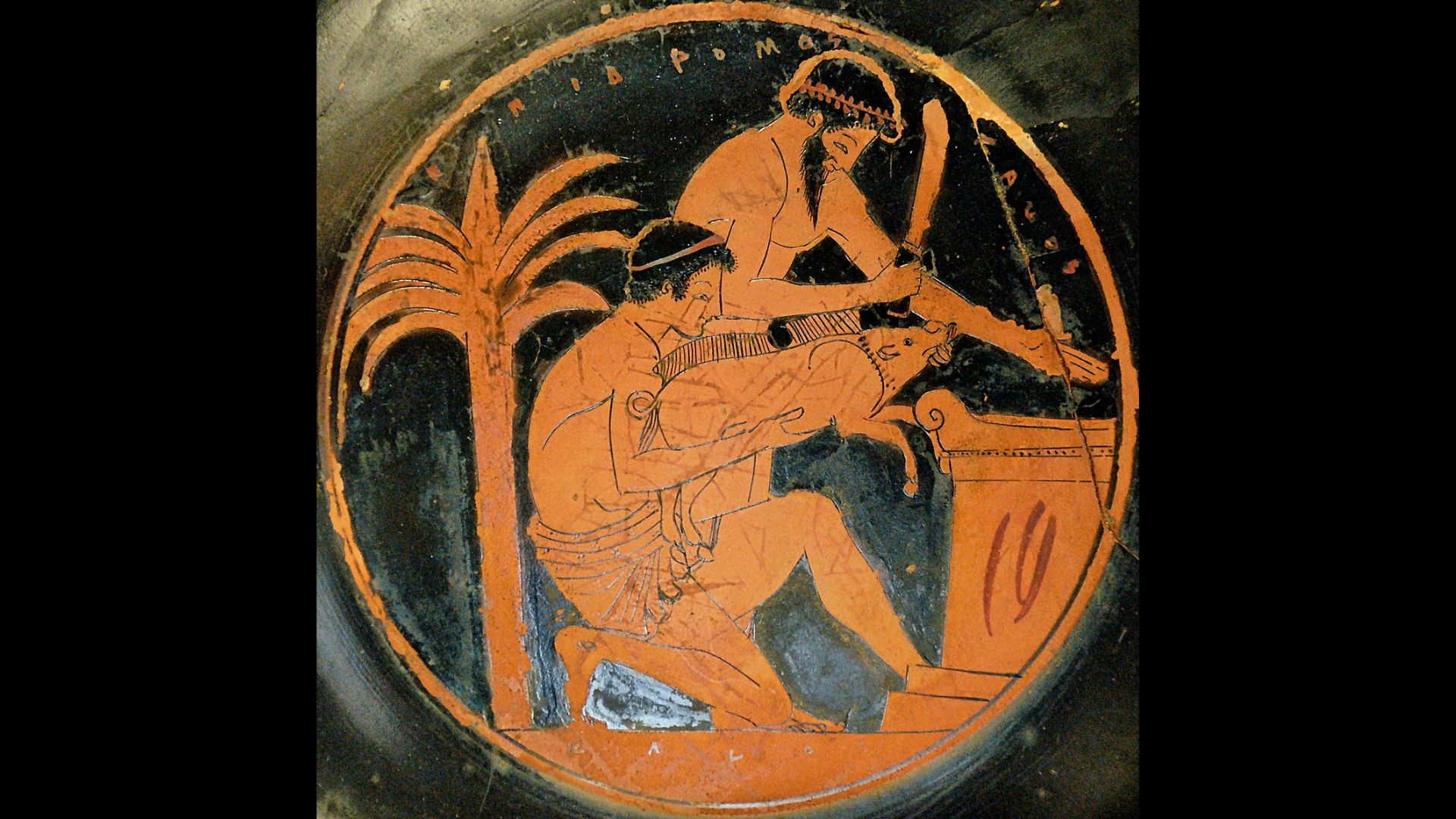
Source: Wikipedia
It is also where the man festival of the town was held, as the entire town had dedicated itself to the all-powerful deity and where sacrifices were made in her honor.
Finding Another Temple Alongside Amarysia Artemis
Now, about 15 years after discovering the Temple of Amarysia Artemis, Greek archeologists have found another temple directly next to it.
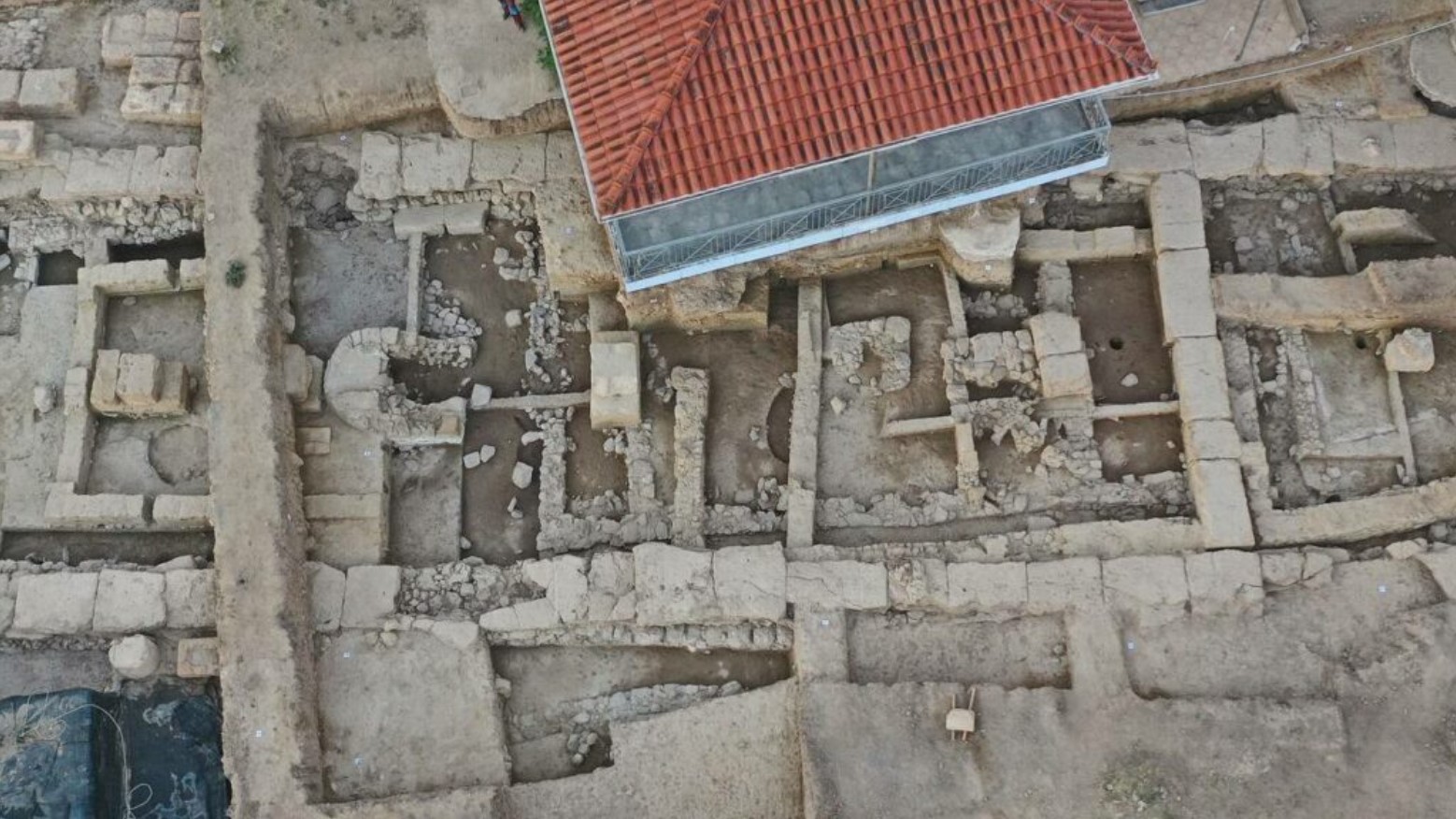
Source: @Ministry of Culture/Facebook
This temple doesn’t yet have a name, but since excavation began, the on-site team has found some seriously incredible treasures of the ancient world.
The Newly Found Temple on the Island of Evia
The temple they found is 100 feet long and has several internal structures that are extremely interesting for historians.
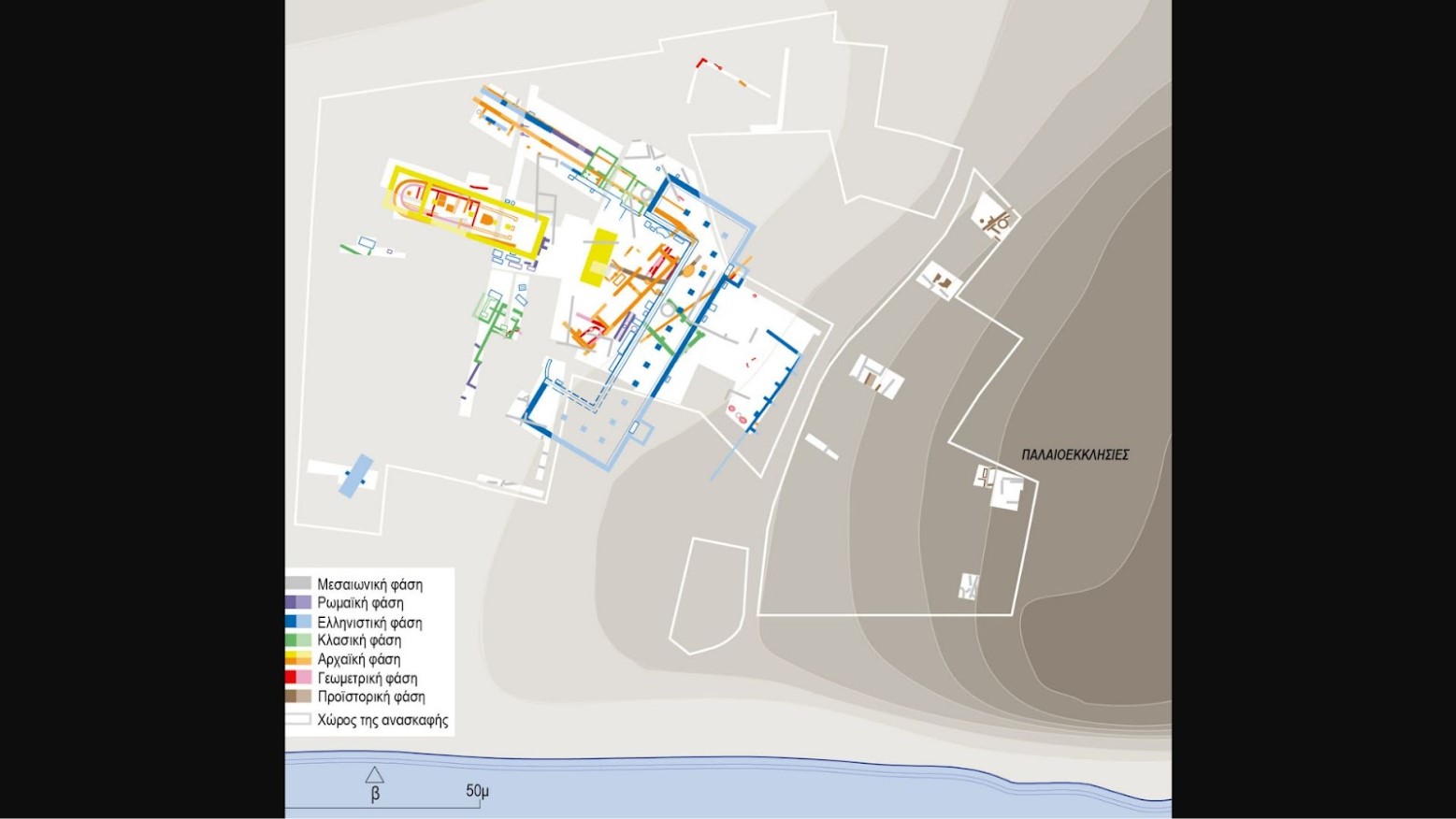
Source: Ministry of Culture
The interior wall was made with pillars that once held up the roof. And they also noted that at some point, additional partitions were added through the center, which historians believe were put in place to better support the roof after a fire.
More Details Discovered at the Ancient Temple
Thanks to archeological experts, they now know that this temple was built in the 6th century BCE and that at one point in time, it experienced some kind of fire.
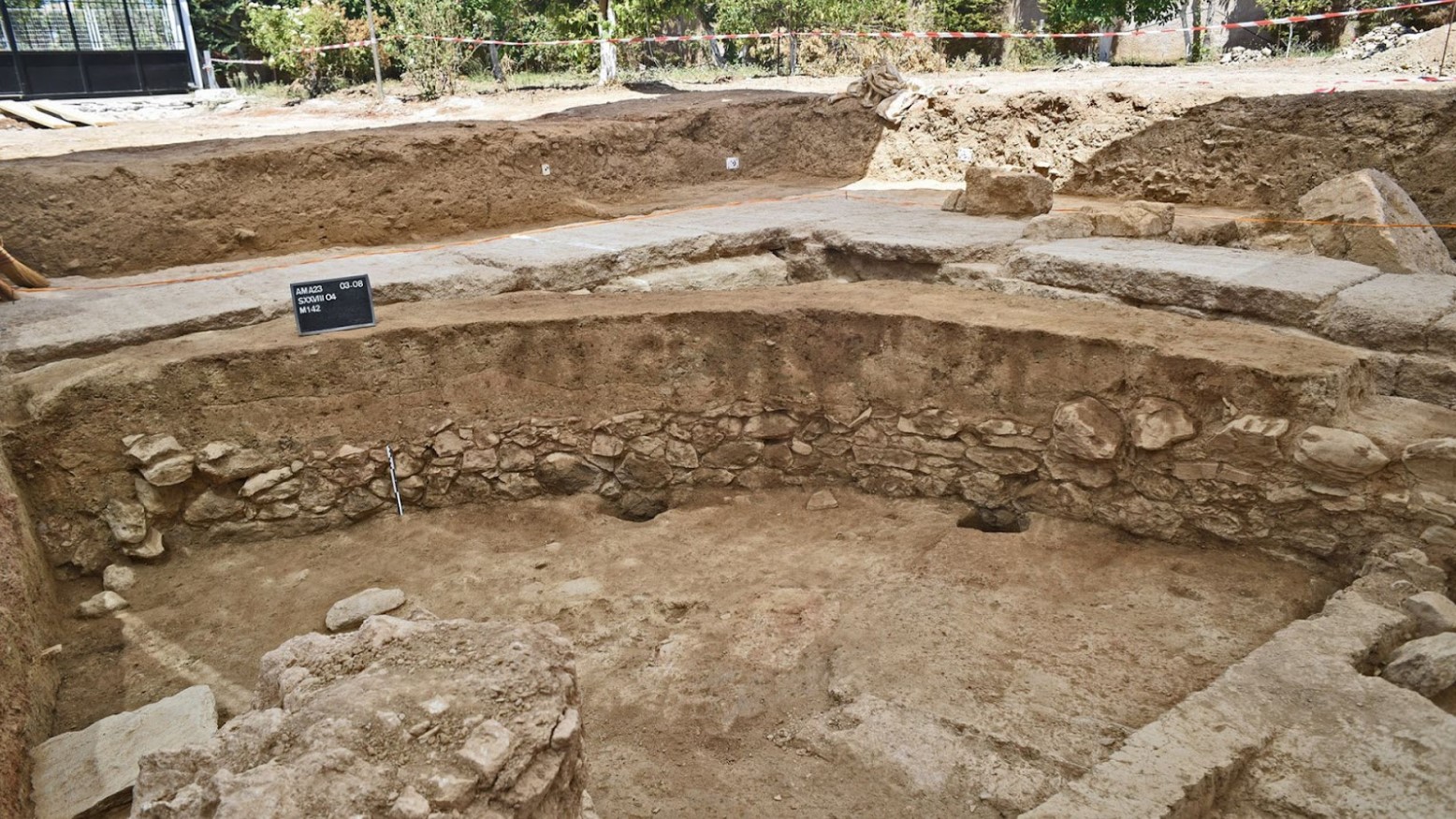
Source: Ministry of Culture
And they’ve also deduced that since the temple’s foundation was made from dry stone, it was likely built on wet or even swamp-like ground.
Walls, Pillars, and Altars Made of Rough Bricks
The archeologists also noted that the entire temple, including the walls, pillars, and several small structures throughout, was built from roughly made bricks.

Source: Ministry of Culture
And they believe that the structures are actually several altars, as they were filled with special treasures, as well as pieces of charred bones, which were likely part of a ritual sacrifice.
Sacrifices Were Done in the Temple
According to archeologists, these discoveries confirm that animal sacrifices were done within the temple. Parts of these sacrificed animals were then burned as an offering to Artemis.
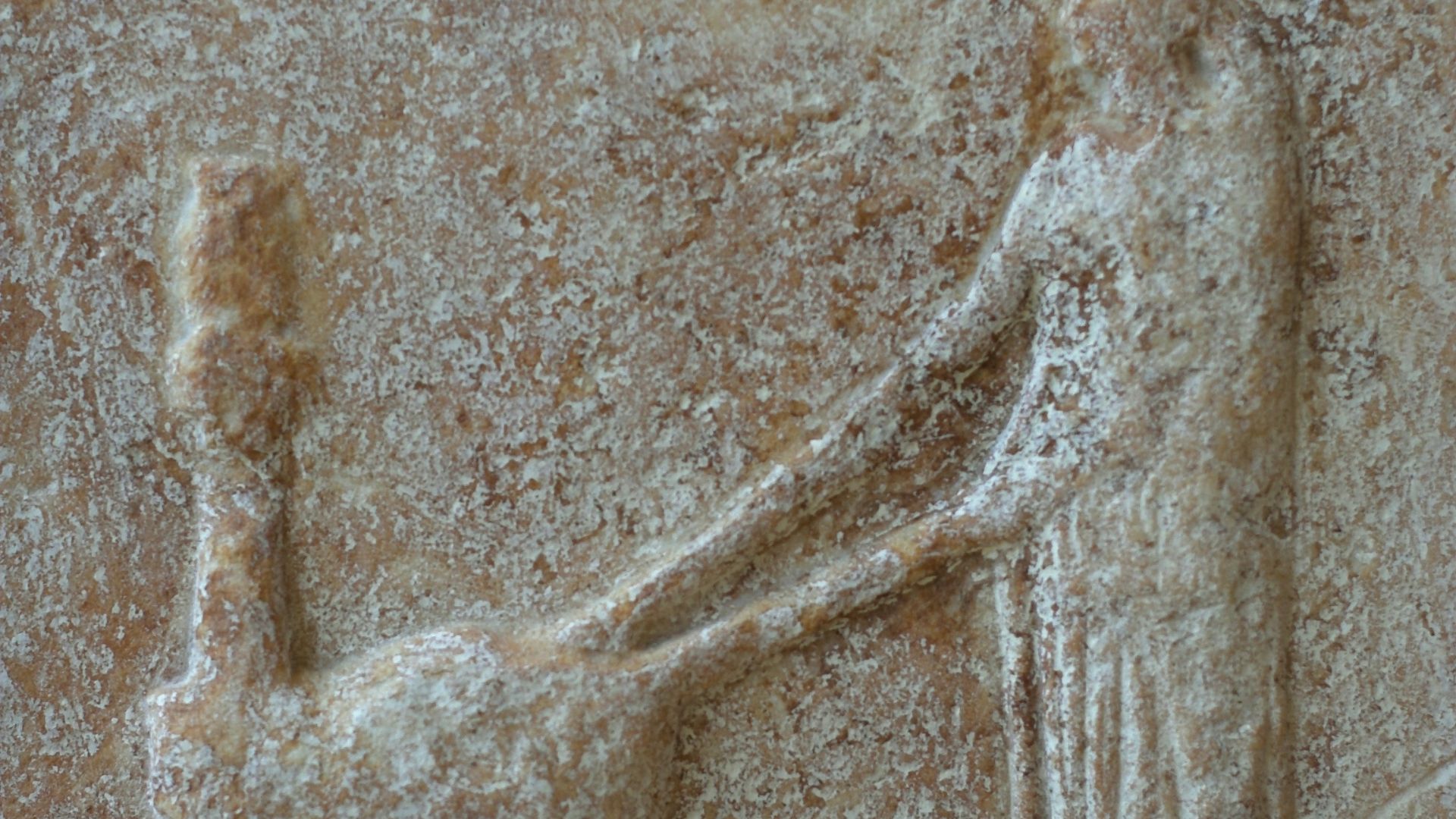
Source: Zde/Wikimedia Commons
Researchers also found that there were holes in the roof of the building. These holes allowed the smoke from these sacrifices to easily escape.
The Treasures of the New Temple
Atop these altars, archeologists found gold and silver, amber and coral jewelry, and bronze and iron pieces.
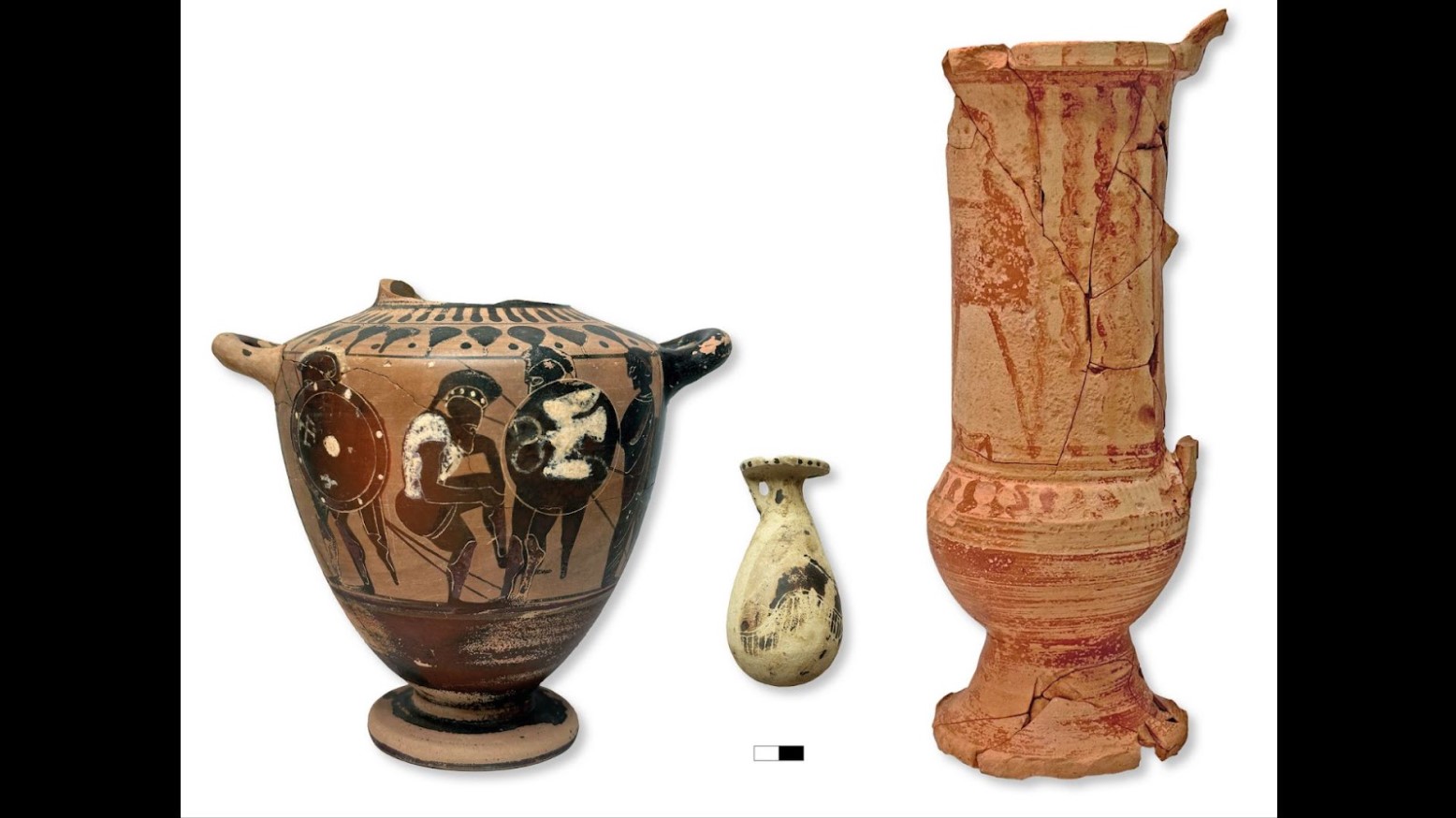
Source: Ministry of Culture
They also discovered intricate pottery, such as vases and jugs, some of which are made from Corinthian alabaster.
Impressive and Intricate Treasures Were Found
While finding pottery and jewelry within ancient temples is not rare, the exact pieces found within this one were exceptionally special.
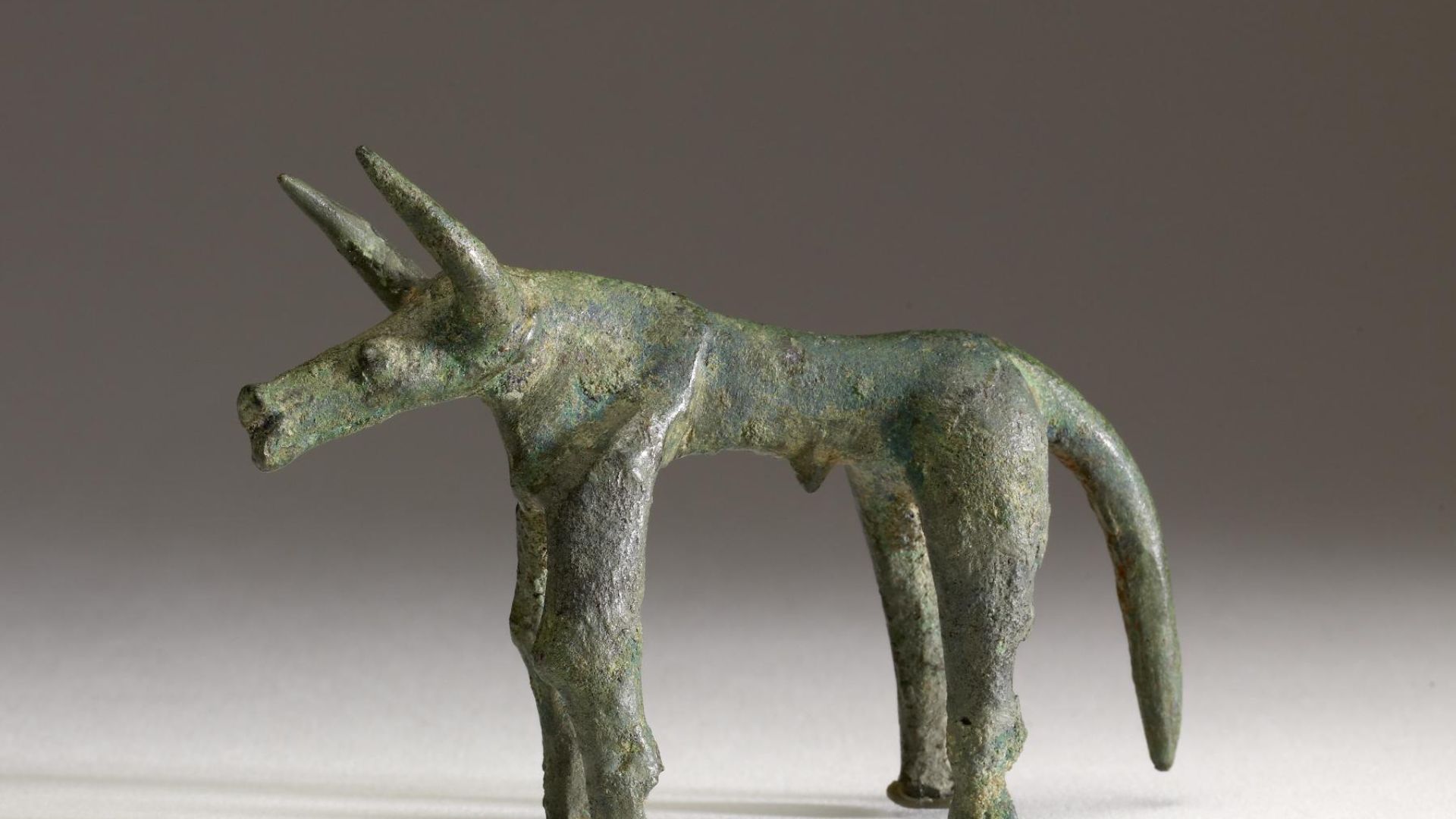
Source: The Walters Art Museum
They found bronze figurines of bulls and rams from the Geometric period, intricate and spectacular pieces of jewelry, and gemstones made from coral and amber that wowed the archaeologists on site.
An Egyptian-Like Artifact Was Also Discovered
Researchers were also thrilled to find several exotic objects that did not represent the art and culture of the Greeks at that time.
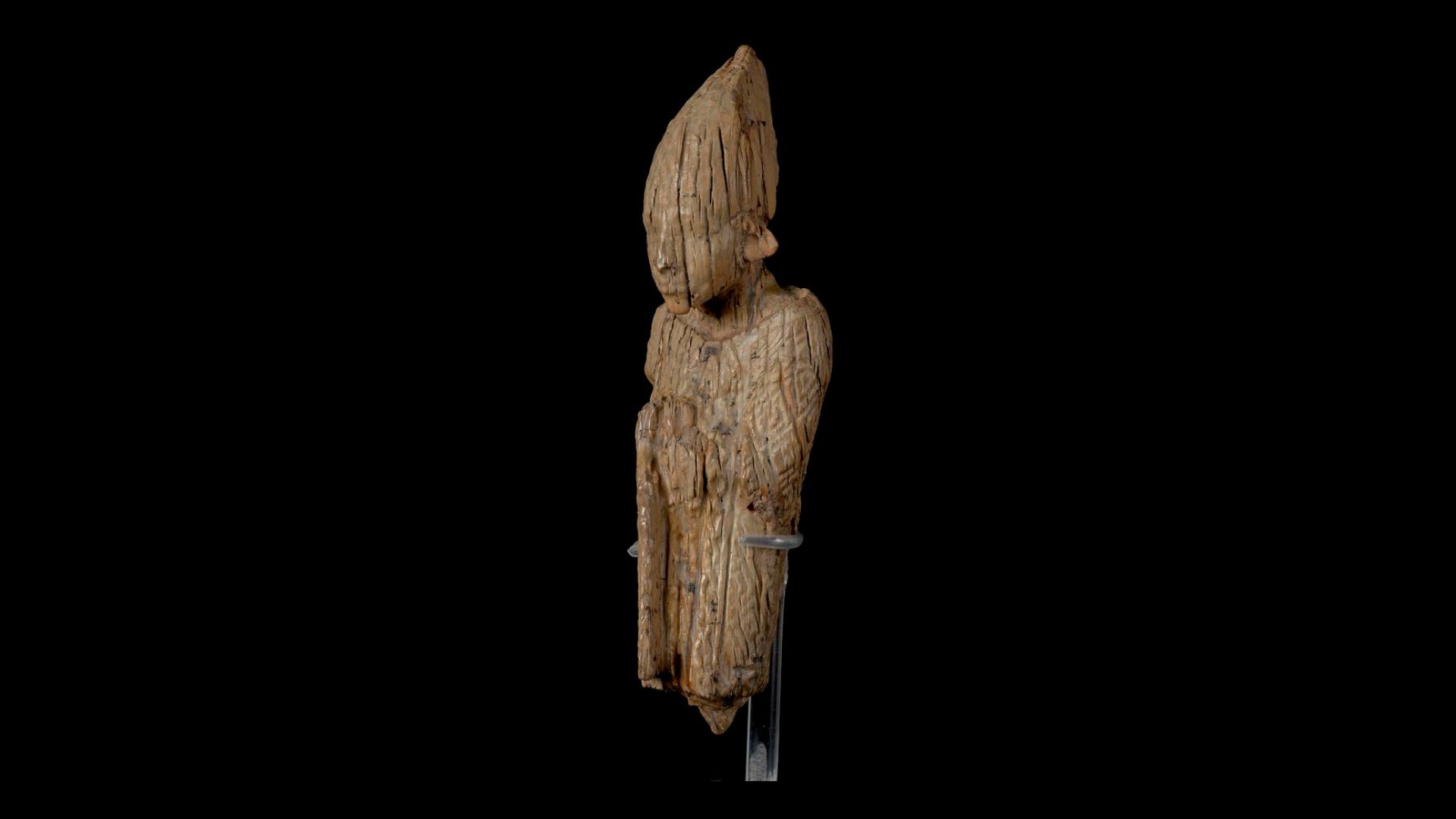
Source: British Museum
Specifically, they found an intricately chiseled ivory head that had distinctly European features. Which, of course, opens up an entirely new discussion regarding artistic trades between the two ancient cultures.
An Ancient Fortification System
Interestingly, researchers also uncovered a fortification system that appears to be from the early Copper Age, which was from about 4000 to 35000 BCE.

Source: George E. Koronaios/Wikimedia Commons
This ancient system is the oldest part of this temple and its surrounding areas discovered thus far. The Cooper Age saw the transition from the Neolithic Age to the Bronze Age.
Understanding the Intense Dedication to Artemis
Archaeologists believe that these awe-inspiring treasures can tell them quite a bit about the culture, specifically the dedication to the goddess Artemis at the time of construction.

Source: Adobe Stock
Archaeologist and director of the Swiss School of Archaeology in Greece, Slyvian Fachard, noted, “Particularly impressive was the discovery of a votive deposit within the temple, which included over 700 objects in a remarkable state of preservation. The objects in this exceptional deposit are essential for understanding votive practices in Amarynthos.”
Why Were Certain Votives Chosen for the Altars?
Fachard also noted, “Vases, figurines, jewelry, mirrors and cloths relate primarily to the feminine sphere. Others, such as knives and phiales [a type of shallow bowl], are ritual objects.”
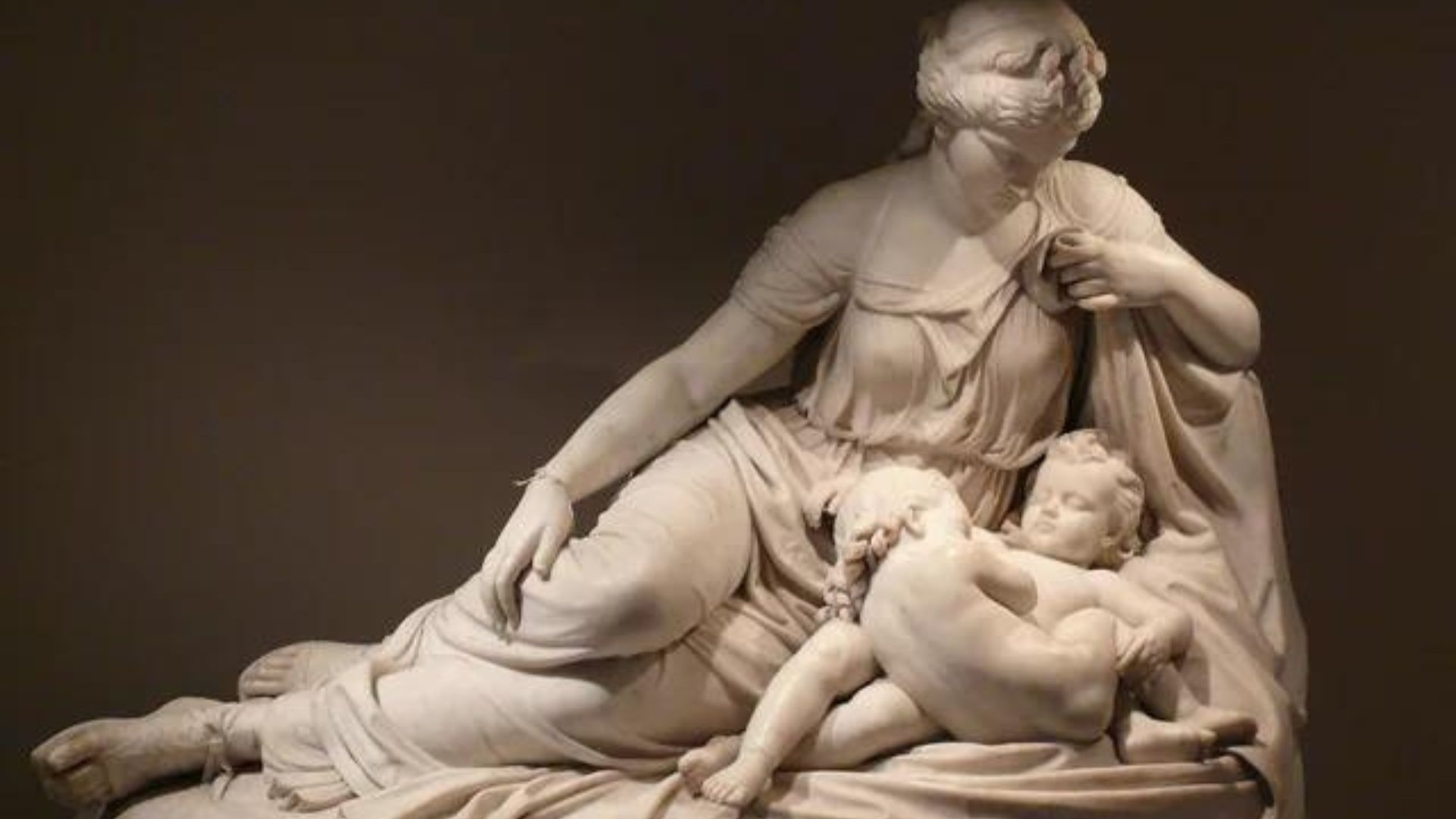
Source: Reddit
And further explained, “Overall, these objects inform us about ancient gestures and the intentions of the offering with a rare degree of precision.” He consequently believes that the specific offerings confirm historians’ long-believed theory that ancient people of Greece turned to Artemis to bless them during childbirth, as well as the transition from childhood to adulthood.
Some of the Pieces Are Older Than the Temple Itself
According to archeologists at the dig, the temple, like its neighbor, dates back to the 6th century BCE.
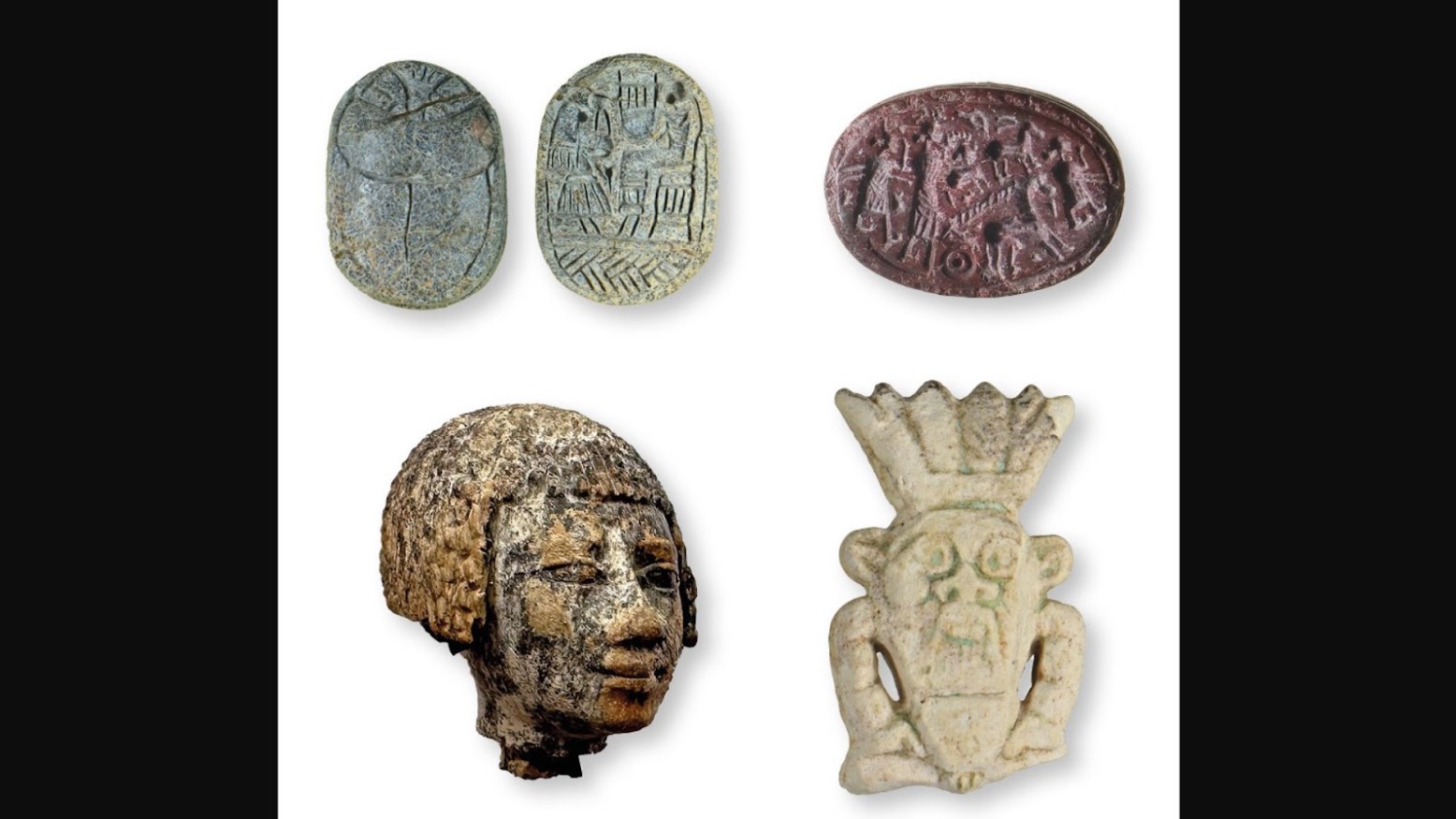
Source: Ministry of Culture
What’s especially interesting about this mysterious temple is that archeologists also found some remains, such as pieces of pottery and even entire altars that date back to the 8th century BCE.
Archeologists Have Dated Parts of the Temple to the 8th Century BCE
This incredible information has led them to believe that altars were likely used for two centuries outside the temple that was clearly built in the 6th century.

Source: Ministry of Culture
Which likely means that they were either moved inside the temple or that it was actually built around them.
Was the Second Temple Also Dedicated to Artemis?
Experts cannot say with 100% certainty that this second temple was or was not dedicated to the goddess Artemis like its neighbor, as they can find no textual evidence to support either claim.
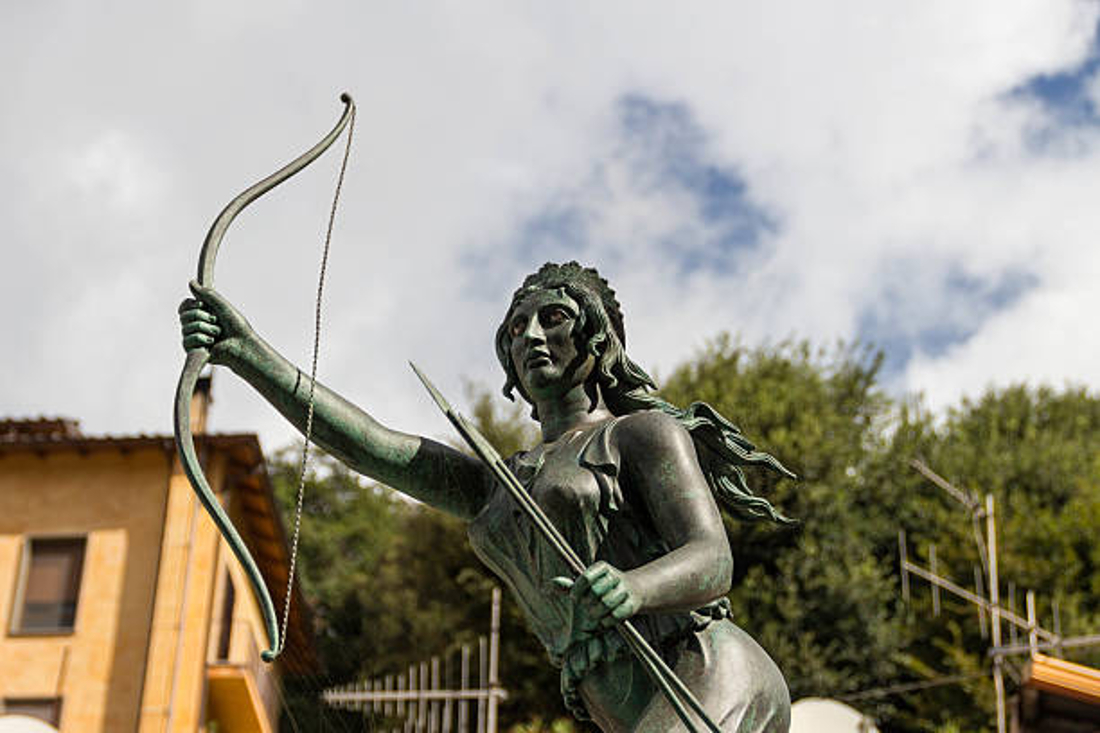
Source: iStock
However, some are assuming that it was part of a larger complex-like temple dedicated to the beloved goddess as texts show what an important site the larger temple was for Artemis’ followers and the town as a whole.
The Oddoties of the Second Temple
It is important to note that excavators found several oddities when examining this second temple that made it different from its neighbor as well as most other temples of the same era.
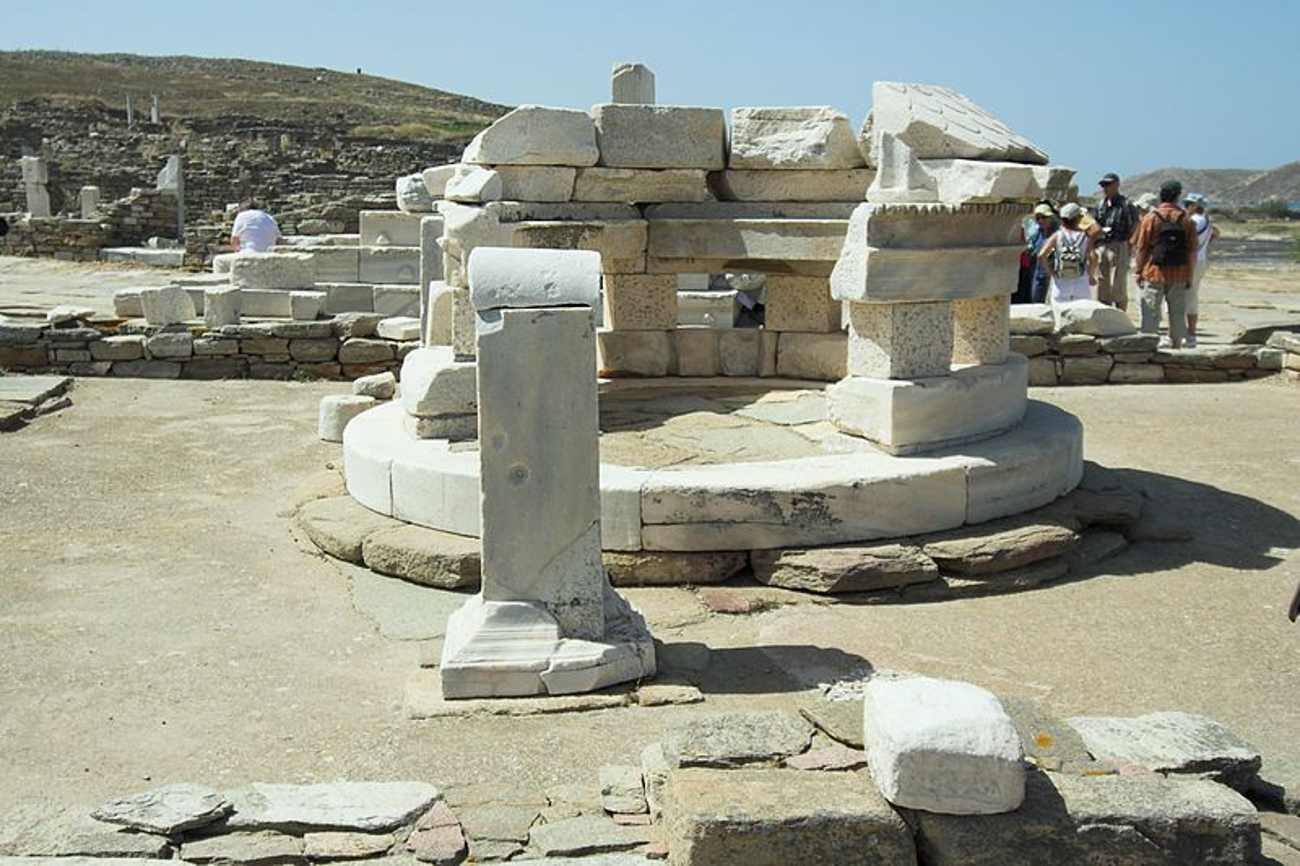
Source: Wikimedia Commons
First and foremost, at 100 feet long, the temple is much bigger than most others. And second, the altars or heaths were inside the temple, as opposed to being outside where they usually were built.
Greece’s Ministry of Culture Said This Discovery Will Be a Crucial Part of Understanding Its Rich History
The treasures of this ancient temple are certainly exciting, but its history and mysterious rarities, including the interesting timeline, are even more important to historians.

Source: Linkedin
Greece’s Ministry of Culture released a statement that explained, “Although the investigation of the earliest of these levels has only just begun, the first discoveries suggest that the cult had its roots in the centuries after the end of the Mycenaean period.”
Using 21st-Century Technology Could Make a Big Difference
Additionally, lead archaeologist Fachard, explained that the temple’s modern-day discovery could make a big difference in what they end up finding.

Fachard said, “Most Greek sanctuaries were excavated in the 19th and early 20th centuries,” Fachard said. “The possibility of excavating Euboea’s (Evia’s) largest sanctuary in the 21st century, applying cutting-edge excavation techniques, is an extraordinary opportunity for recording the archaeological signature [of Greece].”
The Greek Goddess Artemis
Artemis was an important goddess in the Greek religion for a variety of reasons. As the goddess of the hunt and vegetation, many rural populations in various regions considered her their favorite goddess.
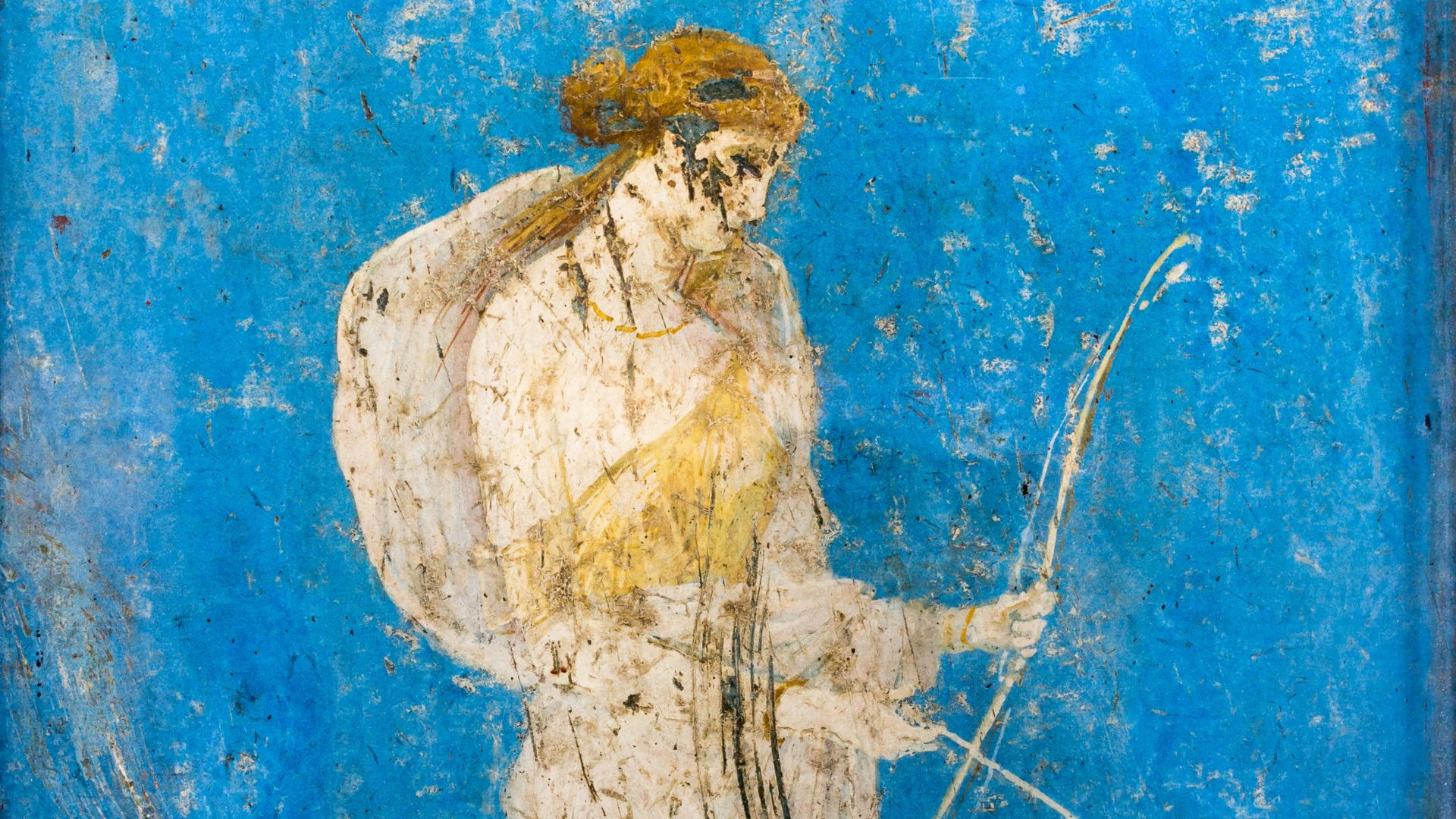
Source: ArchaiOptix/Wikimedia Commons
However, Artemis was also known as the goddess of childbirth and chastity in many cultures in ancient times.
Different Types of the Goddess
Artemis was a very important deity for people in different parts of Greece, Crete, and nearby lands. However, different people worshipped her differently.

Source: Public Domain/Wikimedia Commons
Though historians have found that Artemis had a large reach — and many devoted followers — the goddess was portrayed in different ways, depending on which culture worshipped her.
Artemis and Local Deities
For example, many researchers believe that Artemis was often combined with local deities in some regions. The Artemis worshipped by the Greeks could differ greatly from the Artemis revered in Ephesus.
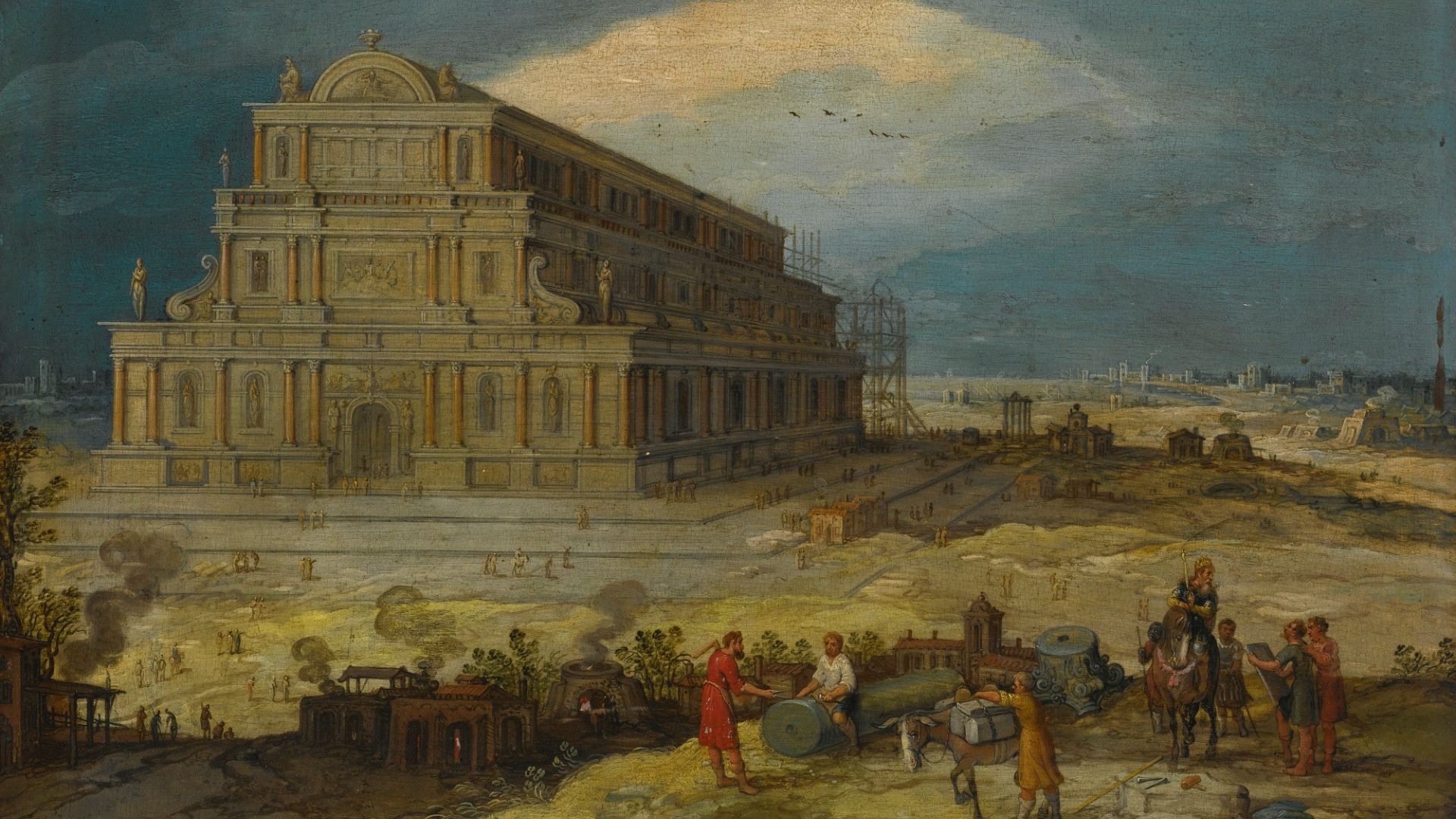
Source: Public Domain/Wikimedia Commons
Meanwhile, Artemis was worshipped as the Bull Goddess in Attica at festivals, highlighting her importance as the Mistress of Animals in the region.
Artemis Temples
Artemis was an important goddess to ancient cultures in Greece, Rome, and elsewhere in the world. As a result, various temples, both big and small, were created for the goddess throughout many eras.
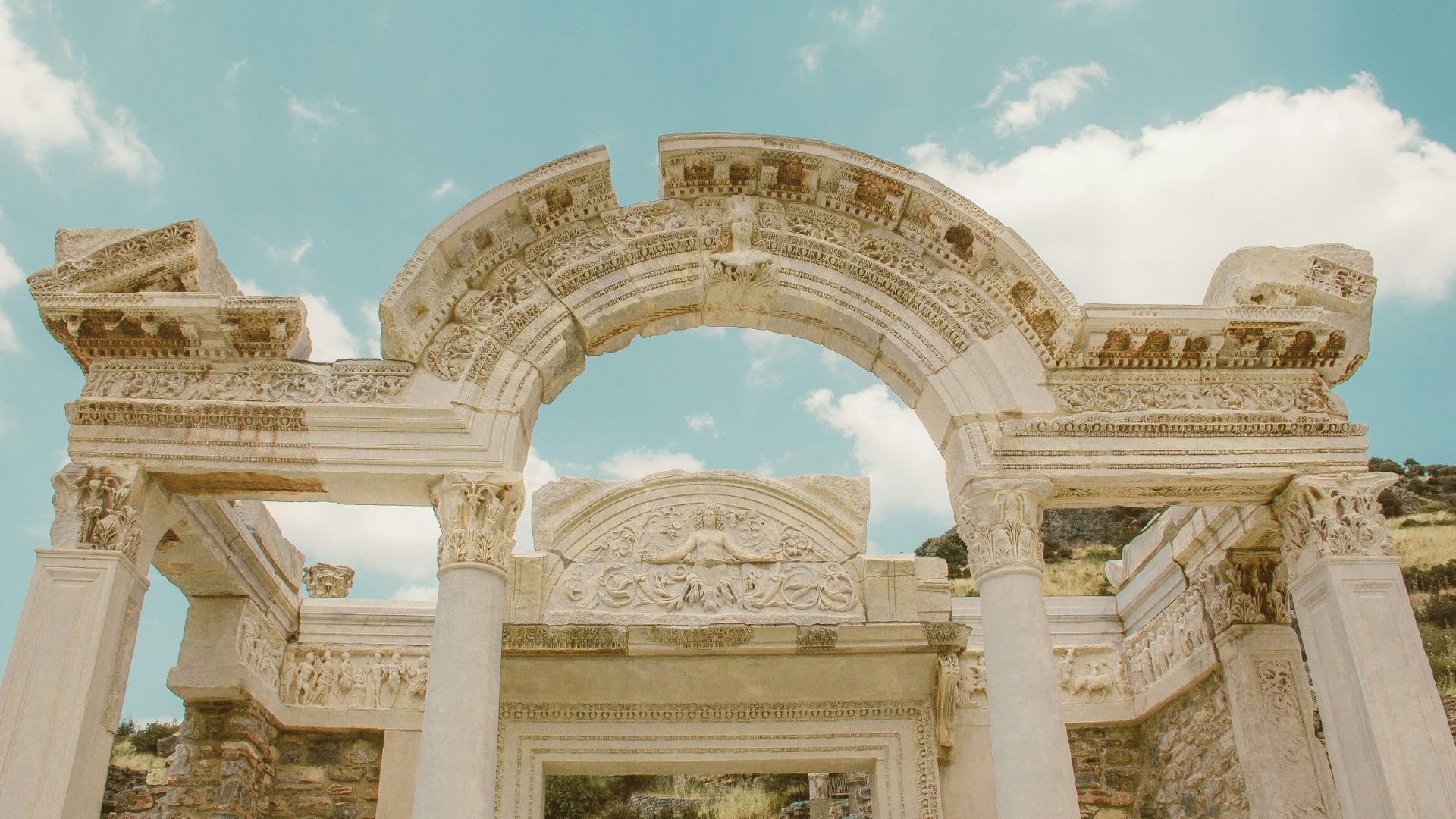
Source: Ulvi Safari/Unsplash
The findings of the long-lost Artemis temple in Amarynthos was an incredibly important discovery. However, arguably the most beloved and essential temple dedicated to Artemis can currently be found in Turkey.
The Temple of Artemis
This temple at Ephesus, which is in modern-day western Turkey, is known as the Temple of Artemis, though it can also be called the Temple of Diana.
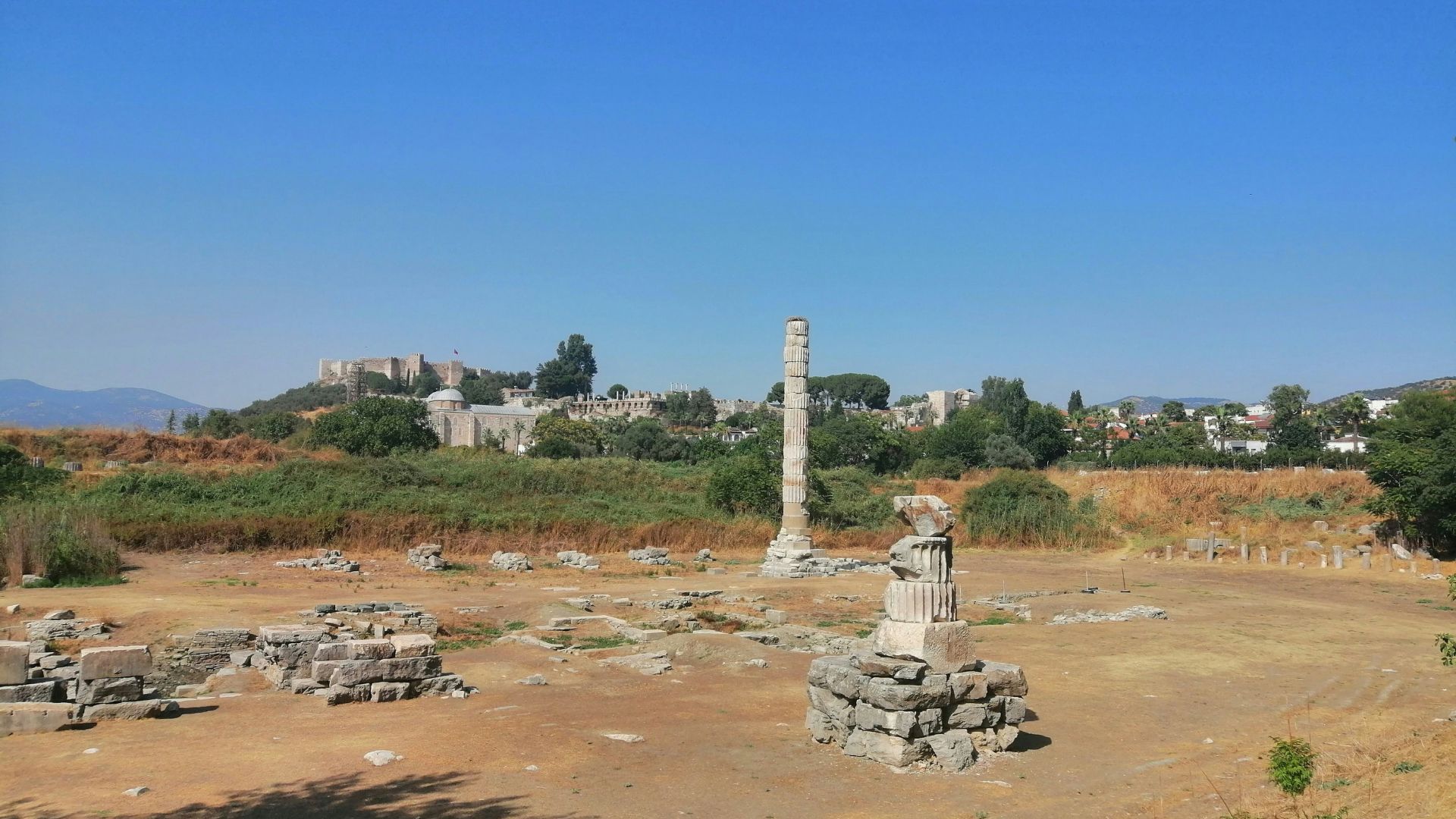
Source: Ali Gündoğdu/Unsplash
This specific temple was so vitally important to ancient cultures that it was one of the Seven Wonders of the World.
The History of the Temple of Artemis
This temple was built by the King of Lydia, Croesus, in about 550 BCE. Though the temple was burned down in 356 BCE, it was eventually rebuilt.
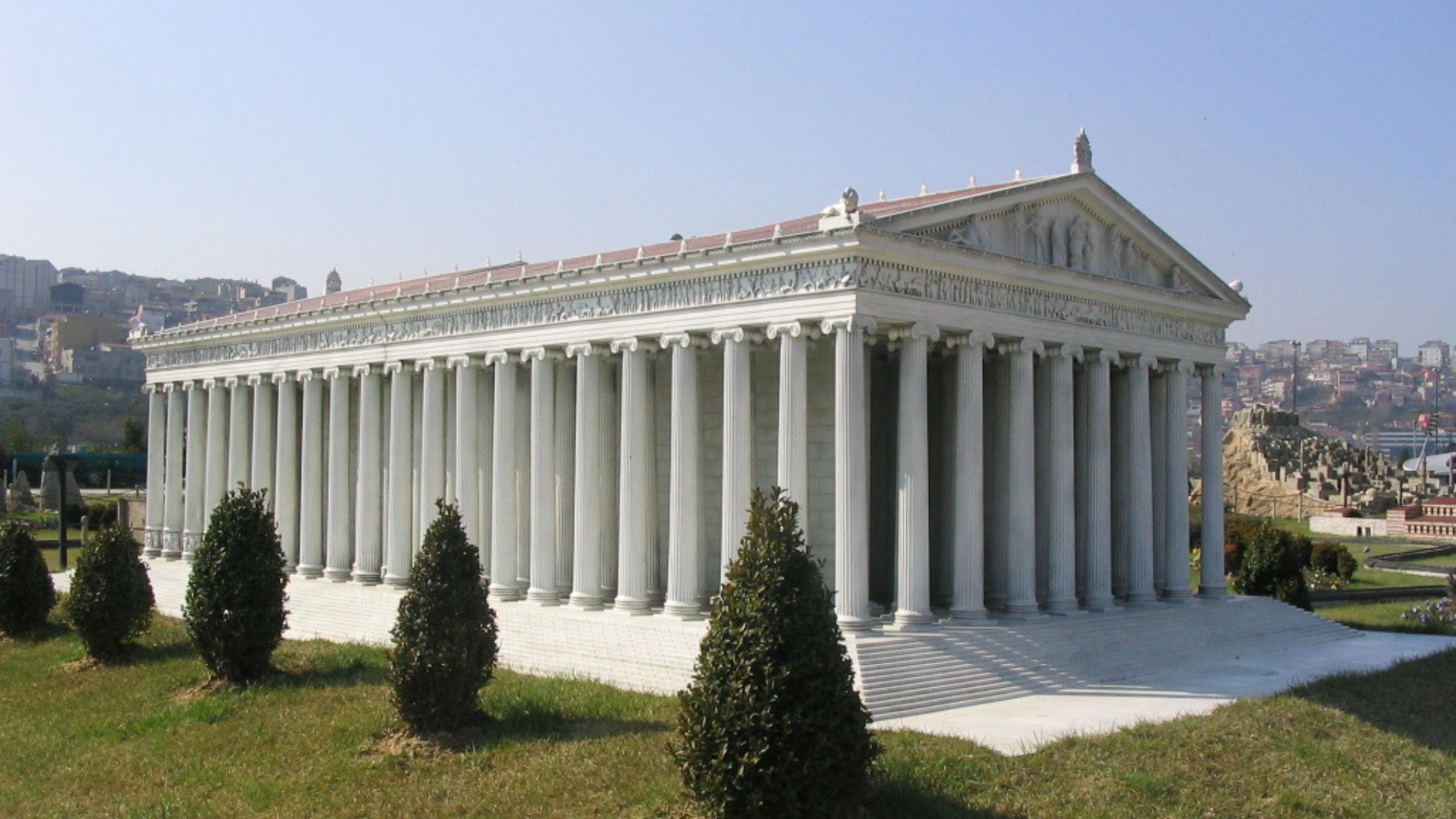
Source: Zee Prime at cs.wikipedia/Wikimedia Commons
This temple — also called the Artemesium — was noted in ancient times for its huge size, as well as the many great pieces of artwork the building housed.
The Temple's Destruction
Eventually, the Temple of Artemis in Turkey was completely destroyed in 262 CE after the invading Goths tore it down.
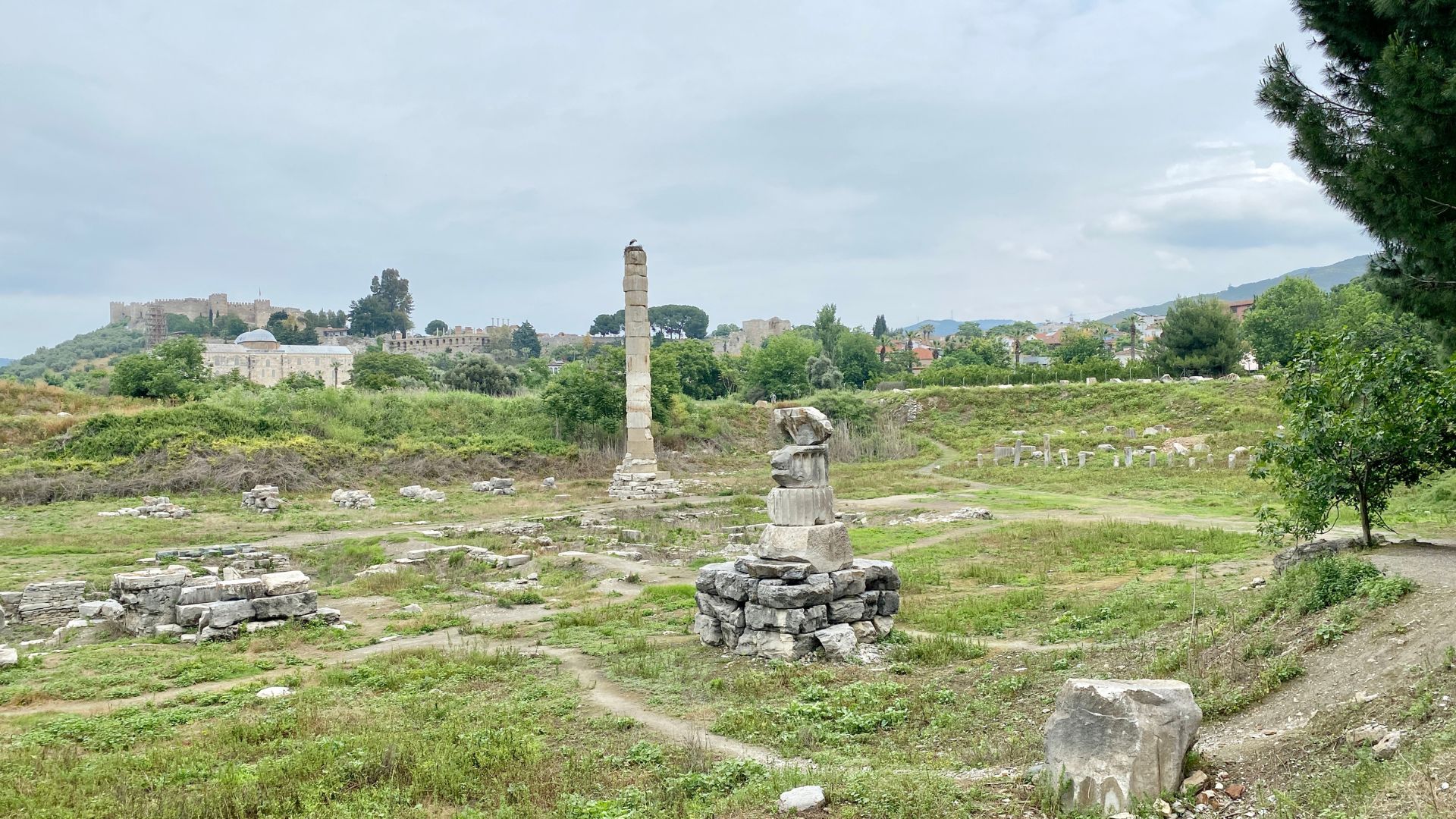
Source: Warren LeMay/Wikimedia Commons
Today, only the ruins and excavations of the temple remain. However, the history of its greatness brings many tourists around the world to see the ruins on a daily basis.
A Unique Statue of Artemis
Intriguingly, this temple at Ephesus held a popular statue of Artemis that has unfortunately been destroyed or lost to time. However, some copies of this grand statue do remain, giving historians the opportunity to understand what it looked like.
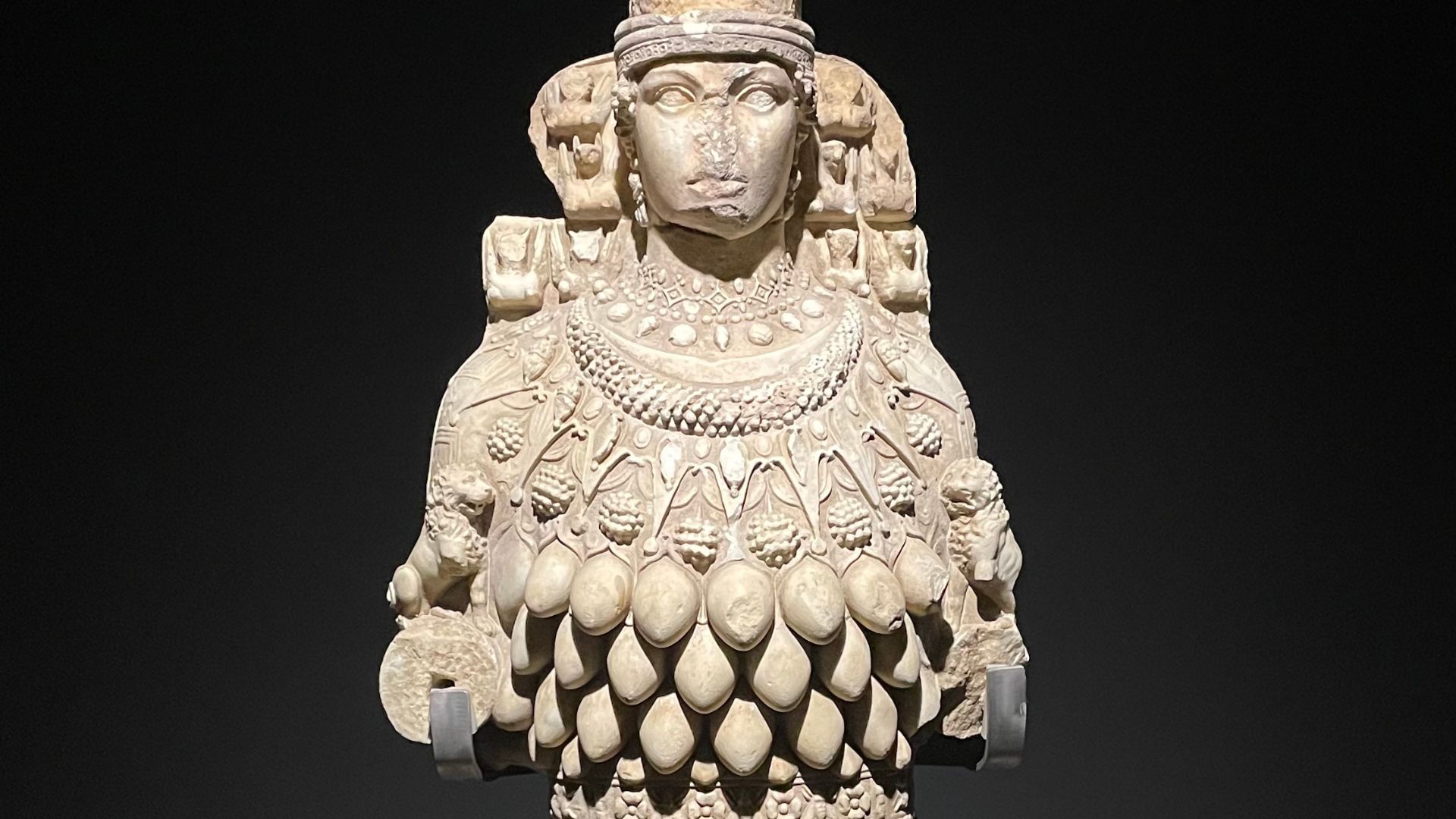
Source: Metuboy/Wikimedia Commons
This unique statue is different from other statues of the goddess, as it depicts Artemis in a mummylike stance, with her hands extended outwards.
The Temple of Artemis in Jordan
Another notable temple dedicated to Artemis can be found in Jerash, Jordan. The ruins of this temple remain standing in better condition than the temple at Ephesus.
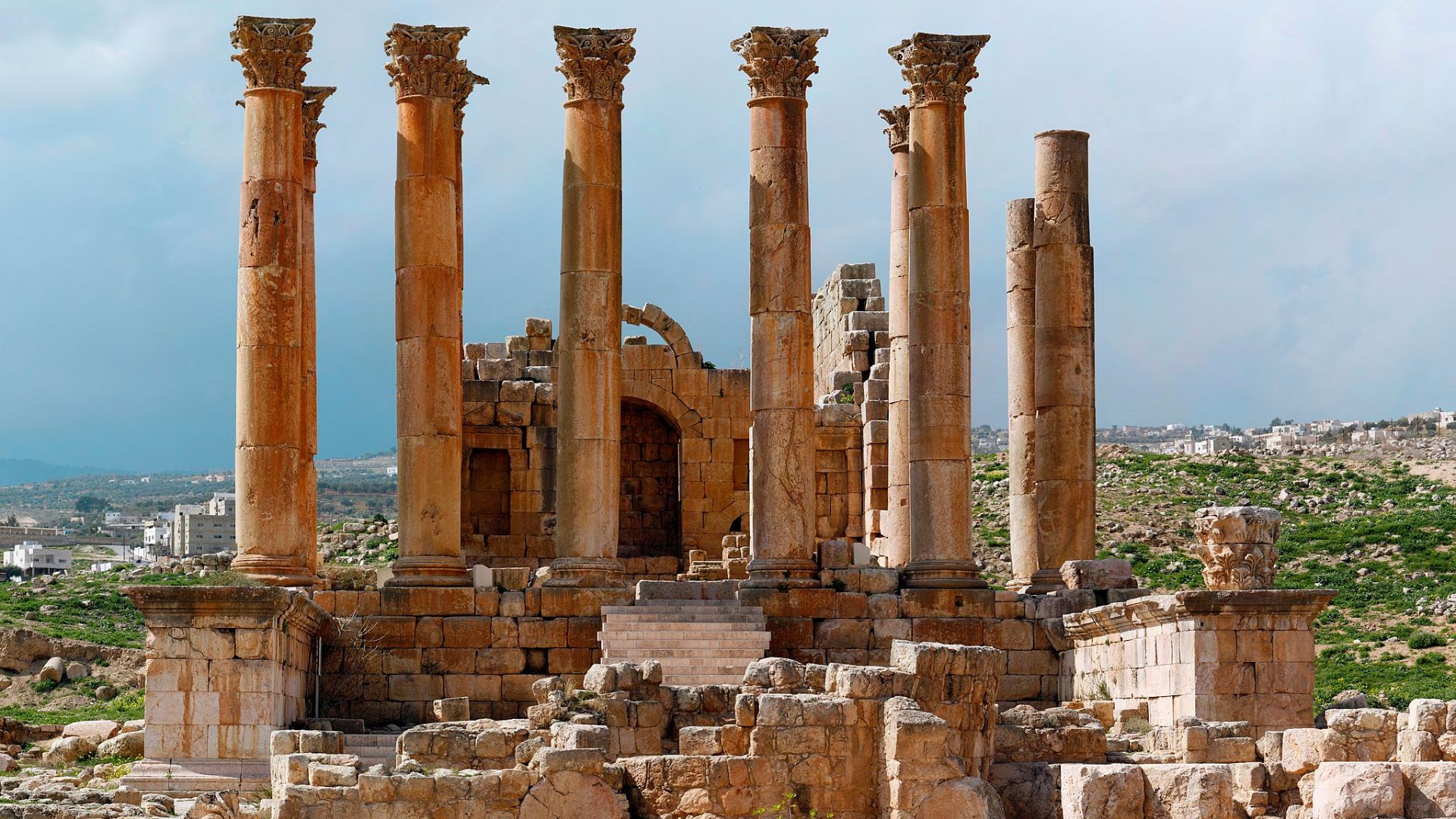
Source: Askii/Wikimedia Commons
Notably, this temple, which was built as a shrine to Artemis, didn’t start being built until the second century CE. Though parts of this sanctuary were completely built, the temple itself wasn’t ever completed.
Other New Greece Discoveries
New ancient discoveries have also been found in Greece recently. Earlier this year, archeologists uncovered various pottery offerings in a hilltop sanctuary located on the island of Kythnos in the Aegean Sea.
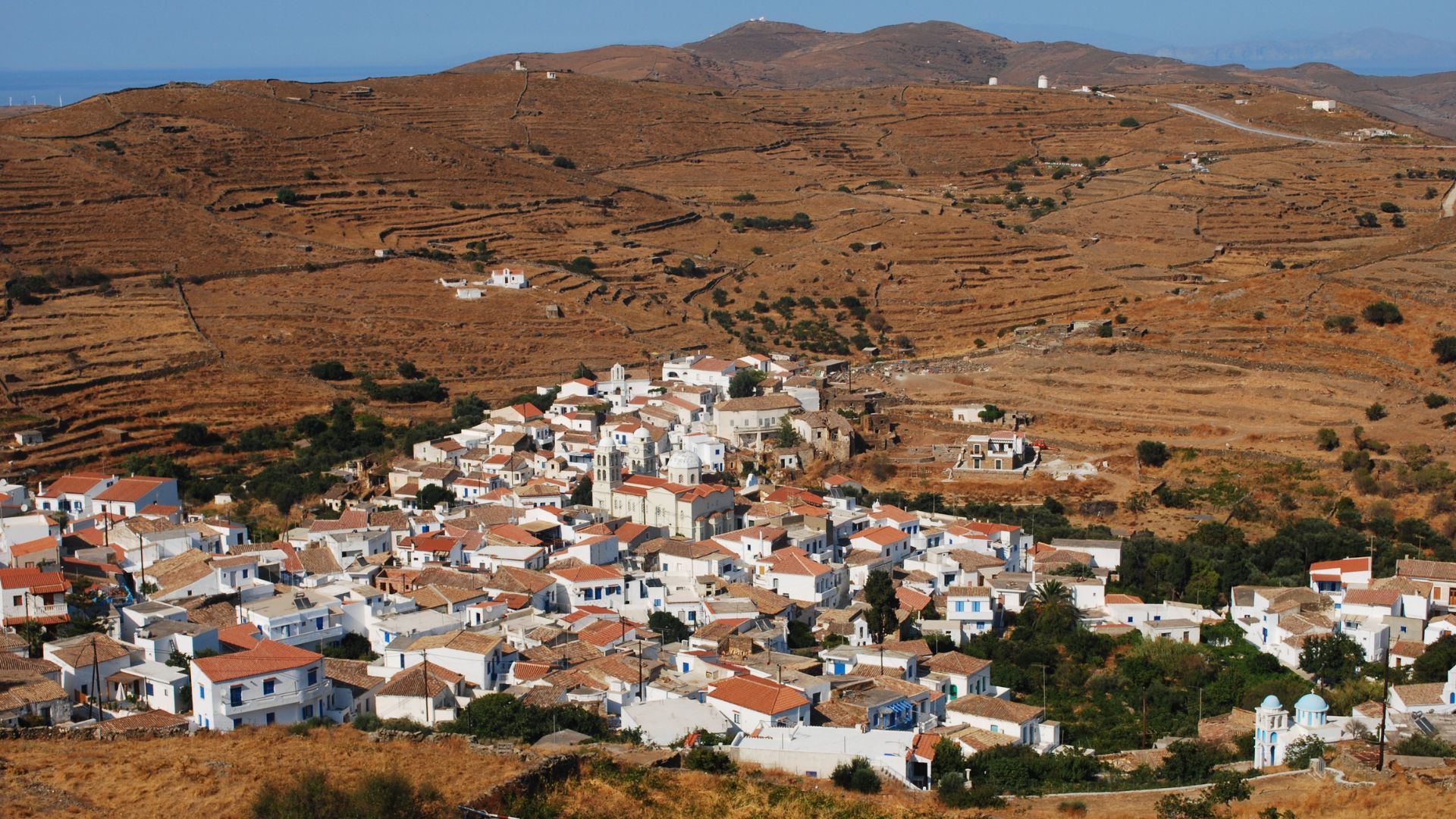
Source: Roman Klementschitz/Wikimedia Commons
These findings amounted to more than 2,000 different figurines of women, men, children, and animals. Researchers believe that these offerings came from various time frames, as the temple was in use for more than a thousand years after its creation in the 7th century BCE.
There Is Still Much to Learn From This Site
Historians, archaeologists, and even the Ministry of Culture in Greece are unbelievably excited about what they have found so far at this treasure trove of a temple in Amarynthos.
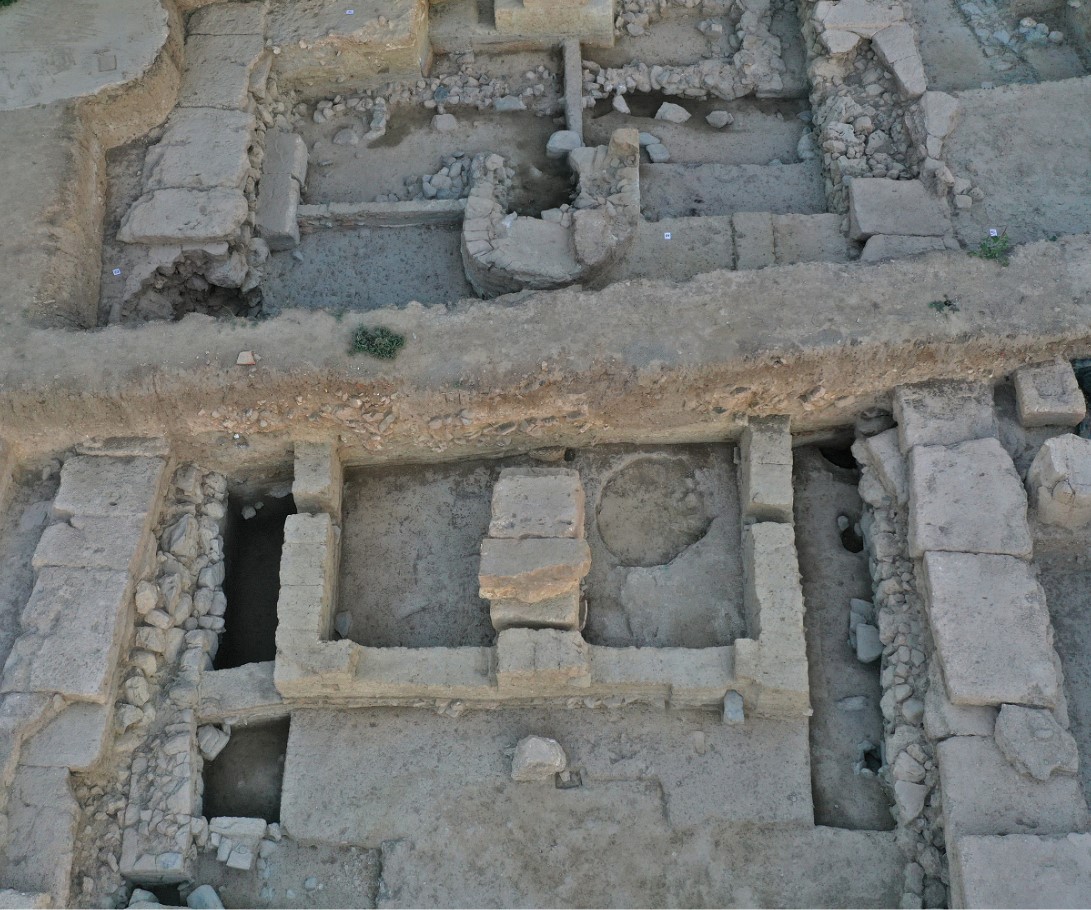
Source: Ministry of Culture
And they have learned quite a bit already from excavating alone about the culture that built it and specifically, the relationship between these people and the goddess Artemis. But there’s still a great deal they don’t know.
Excavation and Research Will Continue
Fortunately, experts in the field will continue researching, dating, and digging, and hopefully find out the name of this once great temple.

Source: Shutterstock
And consequently, they as well as the rest of the world will learn more about the civilization that lived on this land almost 3,000 years ago.
